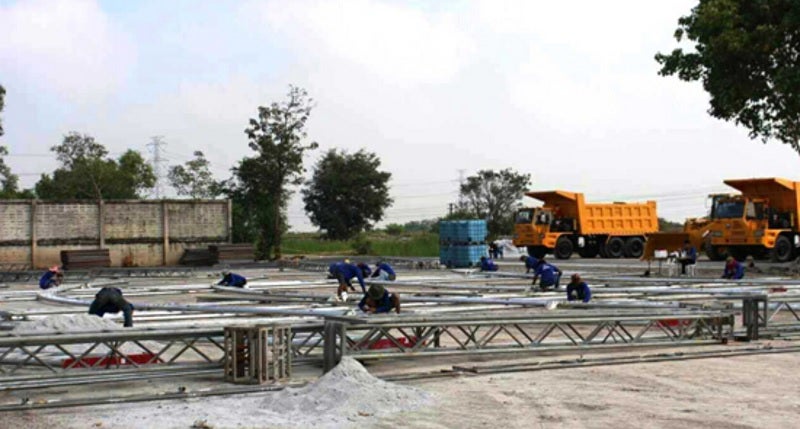
The China-Thailand railway project marks the construction of Thailand’s first standard-gauge double-track railway line, expected to be 873km-long. Work started the new railway project was broken on 19 December 2015 at Chiang Rak Noi Station in central Thailand’s Ayutthaya province signalling the official launch of the project.
The THB500bn ($12bn) project is being developed as part of a bilateral agreement between China and Thailand after a memorandum of understanding on railway co-operation was signed between the countries in December 2014.
Construction on the line is expected to start in May 2016 with completion planned within three years. Once complete, the line will connect with the China-Laos railway, linking China, Laos and Thailand.
Both passenger and freight trains will run on the line. The project will use a standard gauge (1,435m) with trains operating at speeds of up to 180kmph.
China-Thailand railway line route
The new railway line will span across Thailand and connect Vientiane in Laos and Kunming in China. It is also planned to reach Malaysia and Singapore in future.
It will be divided into four sections, in Bangkok-Kaeng Khoi, Kaeng Khoi-Map Ta Phut, Kaeng Khoi-Nakhon Ratchasima, and Nakhon Ratchasima-Nong Khai.
The first section will be a 133km line from Bangkok to Kaeng Khoi, the second section from Kaeng Khoi to Map Ta Phut over 246.5km, the third section from Kaeng Khoi to Nakhon Ratchasima will be a 138.5km line and the fourth section from Nakhon Ratchasima to Nong Khai will be connected by a 355km-long line.
It will run through ten provinces in Thailand, while the depot and operation control centre will be located in Chiangrak Noi district.
Partnership between Thailand and China
Project activities are divided between the two participating nations with Thailand acquiring land, completing environmental impact assessment and providing civil, mechanical and electrical (M&E) works for building services. Thailand will also supply concrete sleepers for track works and perform other ancillary works.
China conducted a feasibility study and detailed designing for the project. It will provide M&E works, including signalling and telecommunication systems, power supply, train control and track work. Tunnelling and construction of a long span bridge, establishing a new maintenance and training centre, and procuring rolling stock will also be China’s responsibility.
Chinese technology will be used in the project and 800 staff will be trained by the country.
Benefits of the China-Thailand railway link
The project will ensure development of a railway network between China and ASEAN nations. It aims at extending cooperation in trade, investment, logistics, tourism, science and technology, culture and other aspects among ASEAN countries.
It will reduce the cost of logistics and promote trade between China and ASEAN countries. Thailand will also achieve the status of ASEAN’s transportation hub.
The railway line forms an integral part of the middle route of the Trans-Asia Railway network.
Key players involved
Global construction and mining equipment manufacturer, XCMG will provide machinery and equipment to assist with construction of the railway project.
LiuGong has also been selected to supply extreme duty equipment for construction. Sany Heavy Industries will also participate in the railway project construction.








